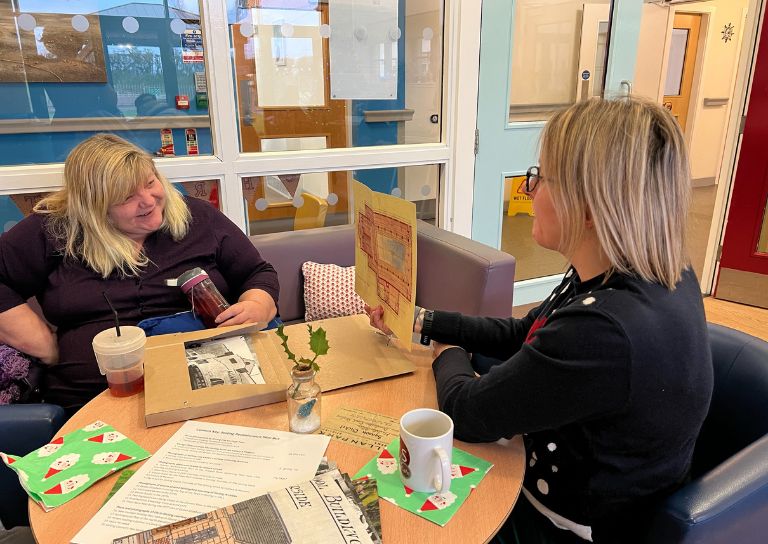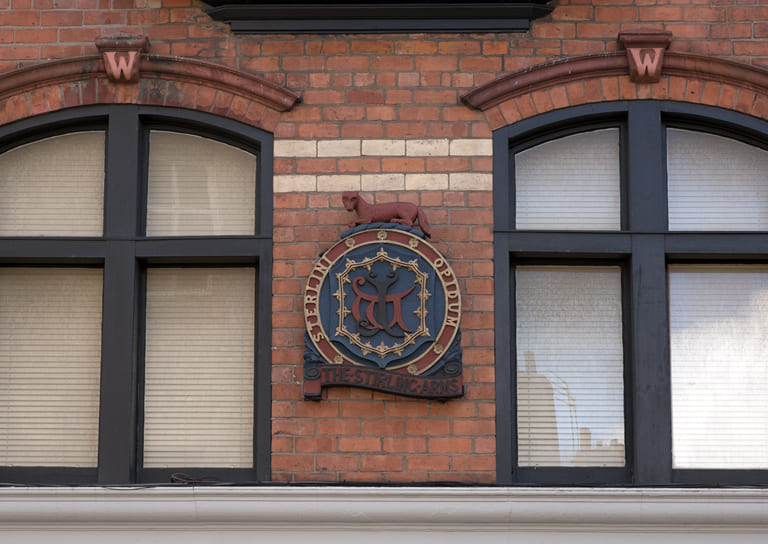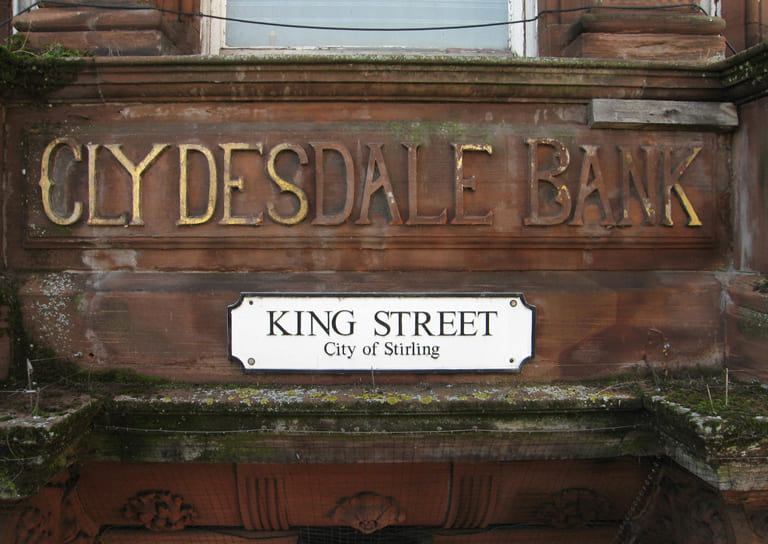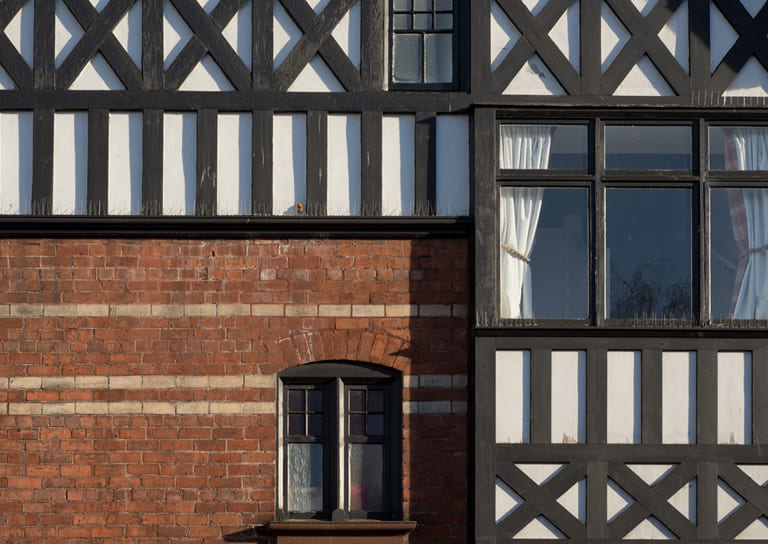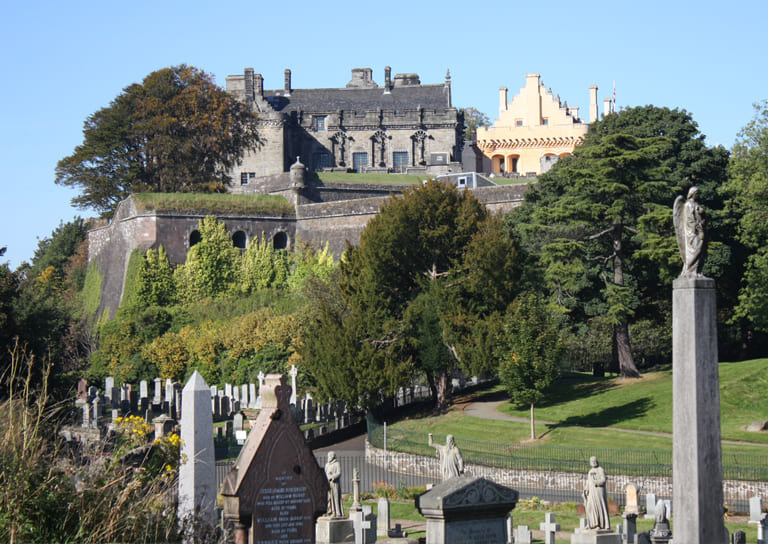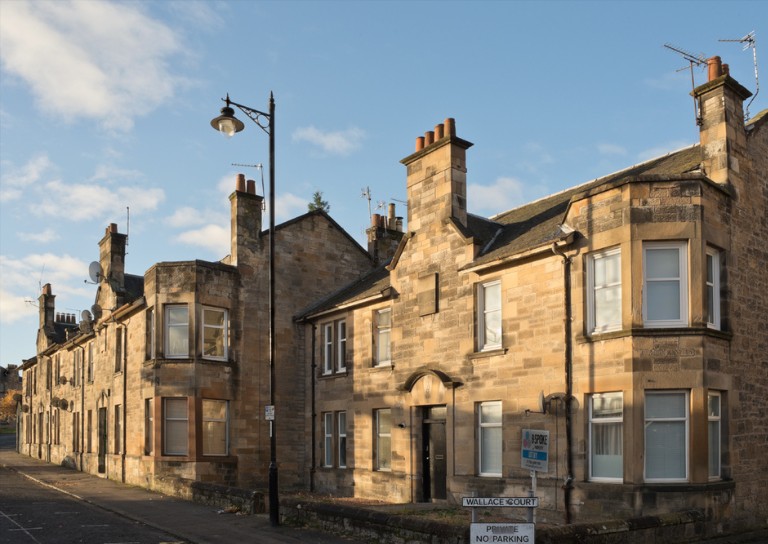- Home
- Our Work
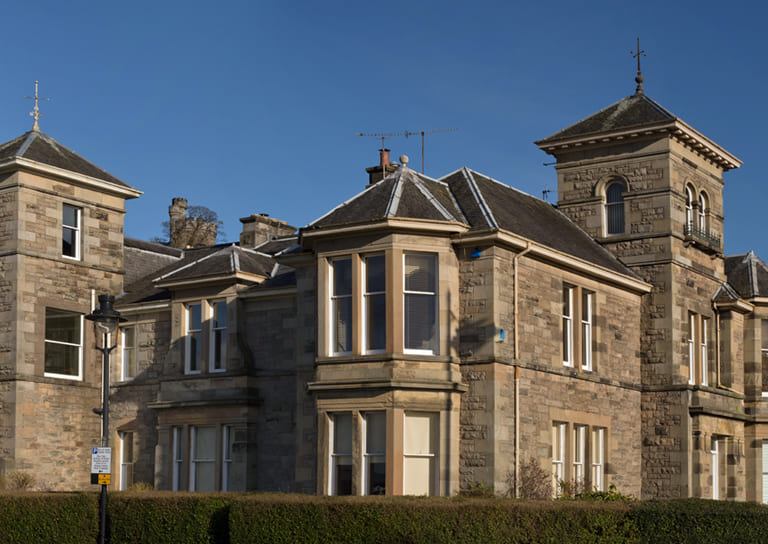
- Stirling's Story

- Blog
- Women in Construction at Bannockburn House
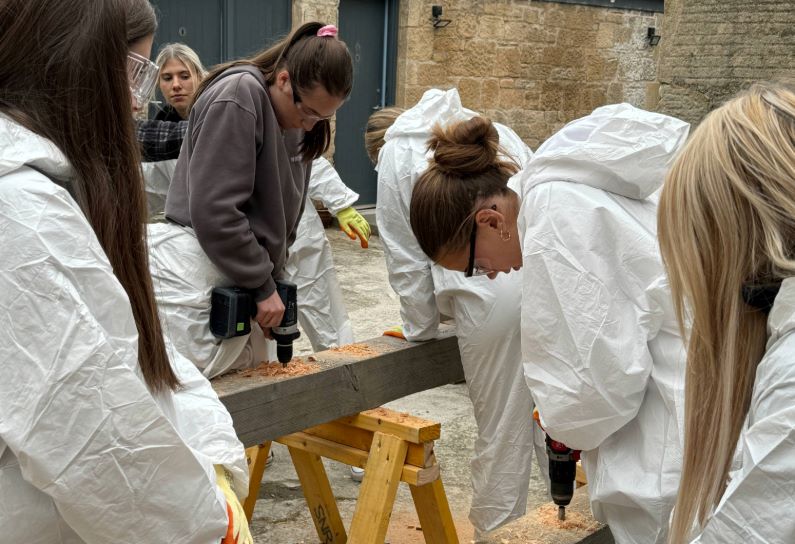
- Avenues to the Past: Stirling’s Historic Streets Exhibition
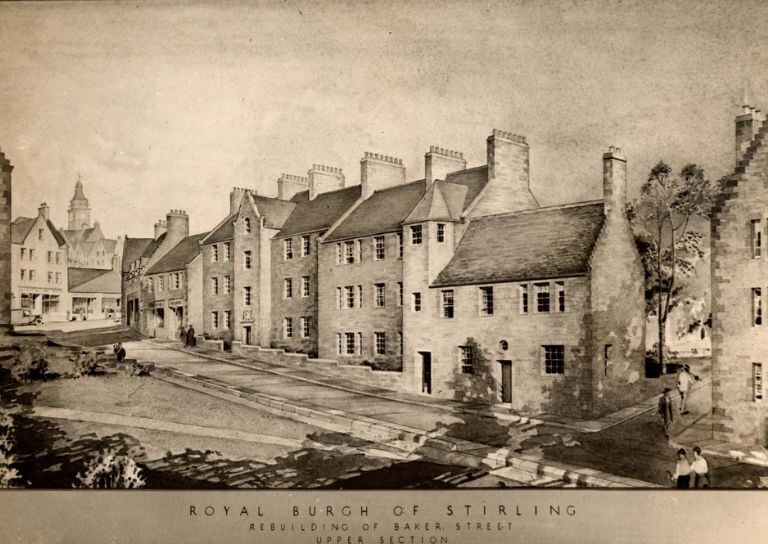
- Stirling Business Awards 2025

- What is a Conservation Area
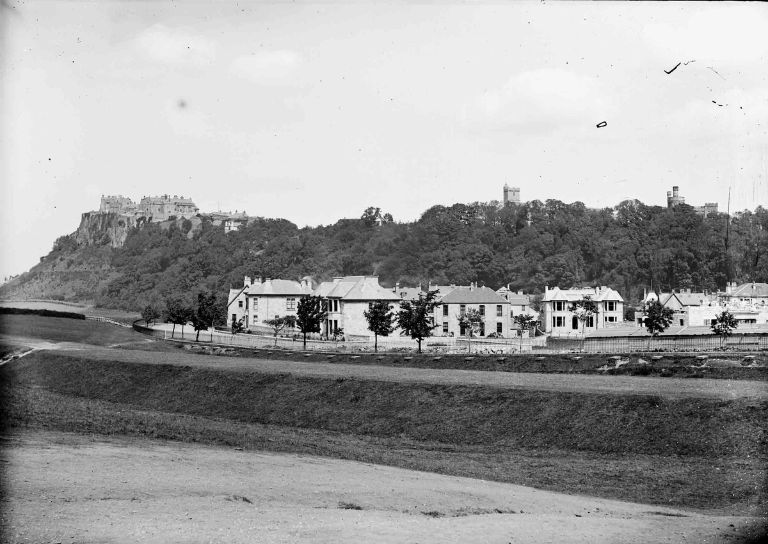
- 20 Great Buildings of Stirling
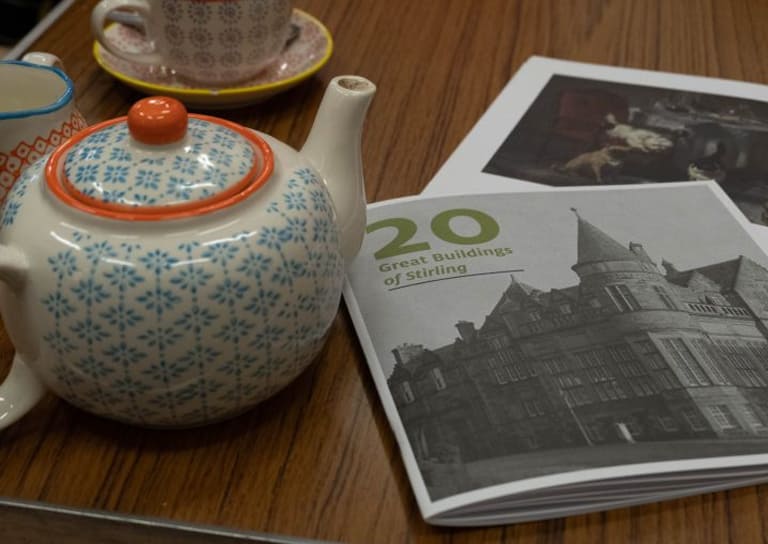
- Reminiscence Art Project

- On the European Stage: Preserving by Maintaining conference, Bratislava

- The Abolition Movement in Stirling
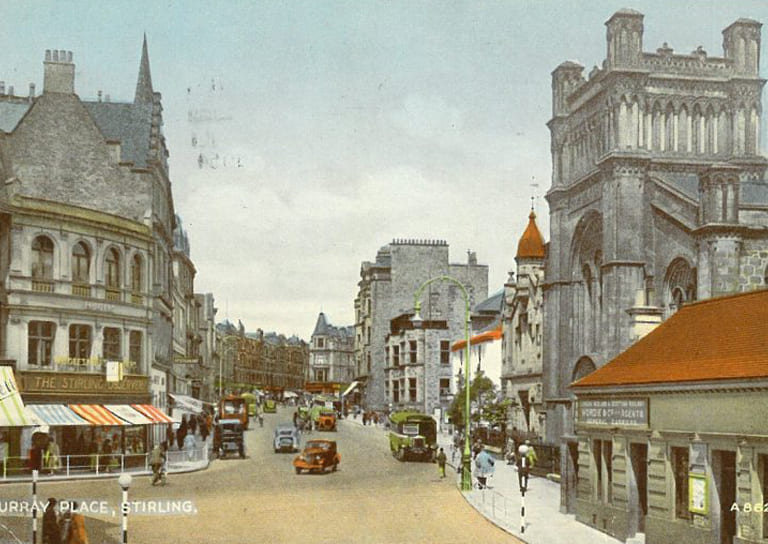
- Practical Workshop on Retrofitting Insulation with A. Proctor Group

- Walker Family Visit
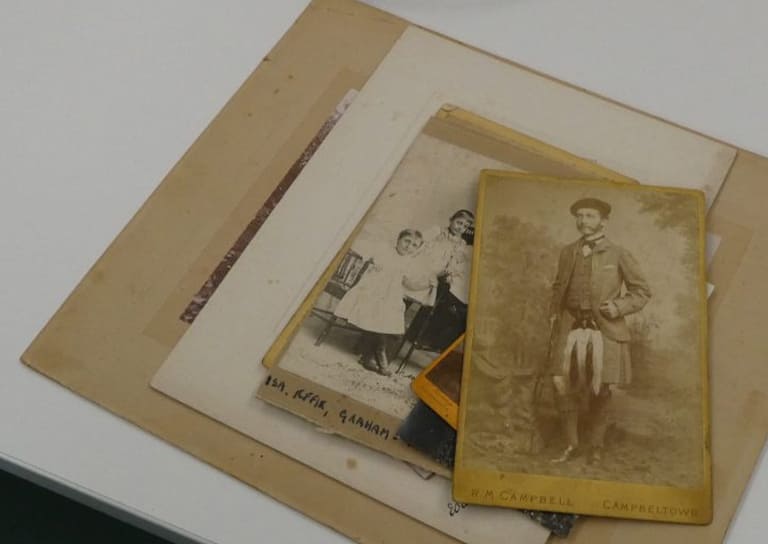
- Ghost Tales from Stirling
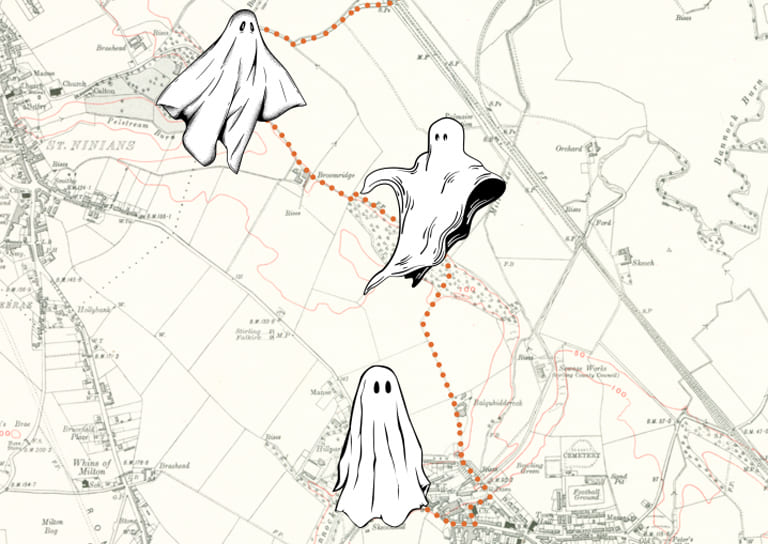
- Snowdon House and The West Indies
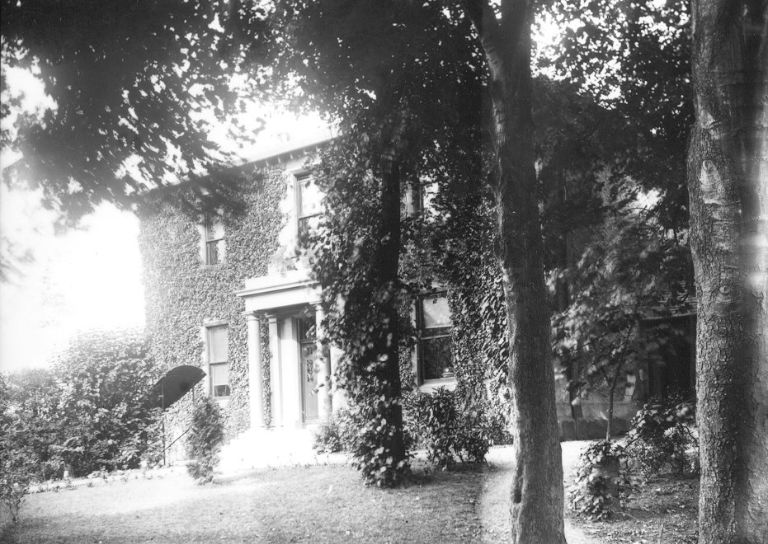
- Stirling’s Streetscape Stories: Photography Workshop
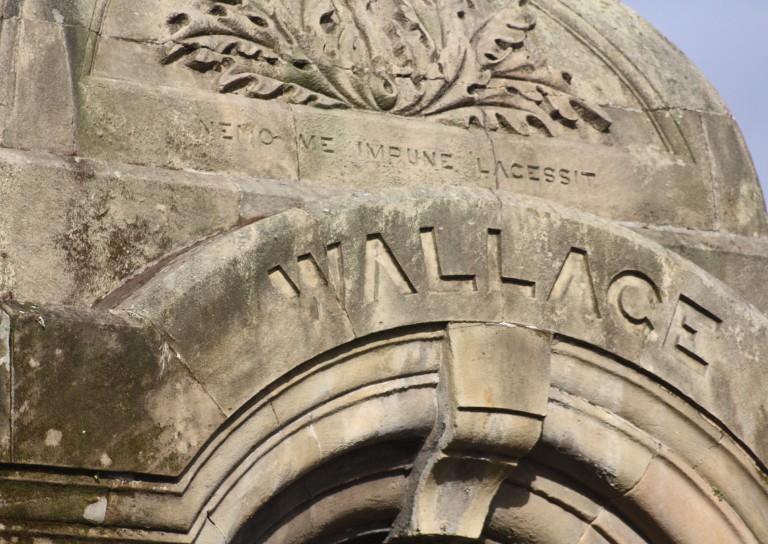
- Stirlingshire’s Highland Games
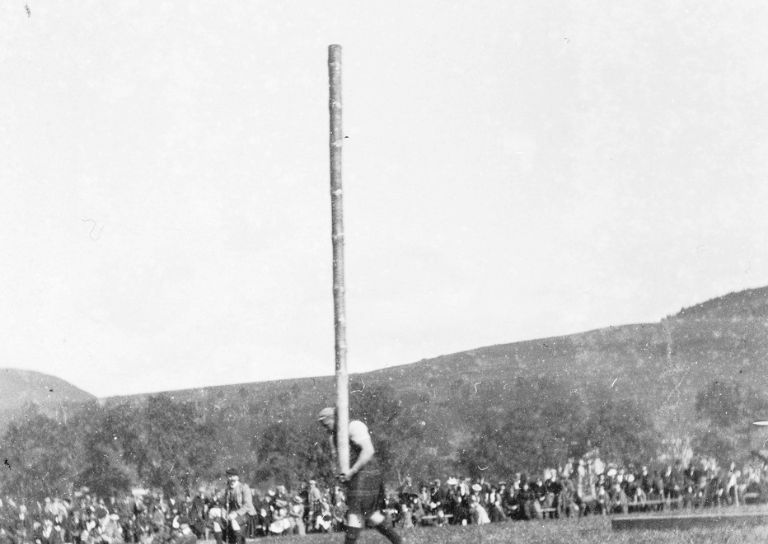
- Creative careers in the heritage sector
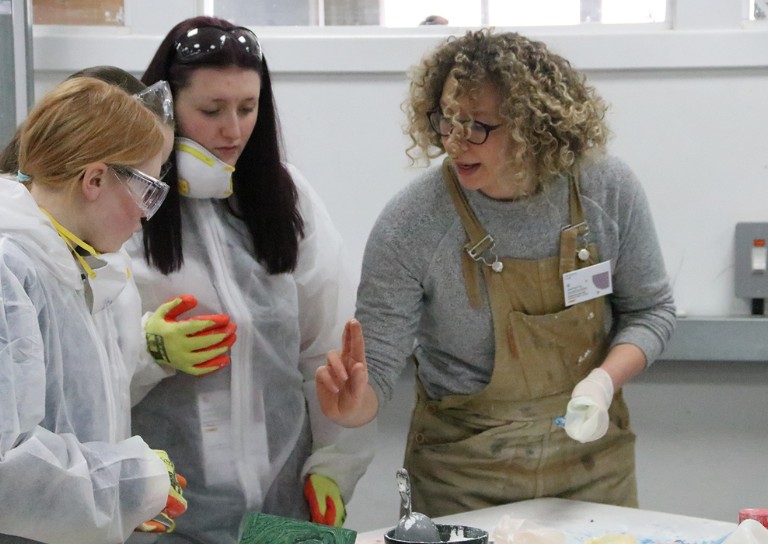
- Postcards From Stirling
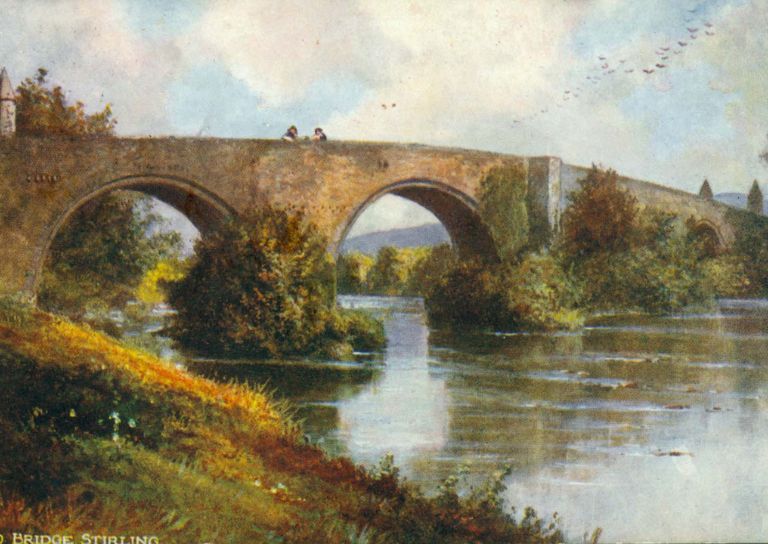
- Stirling’s Gala Days
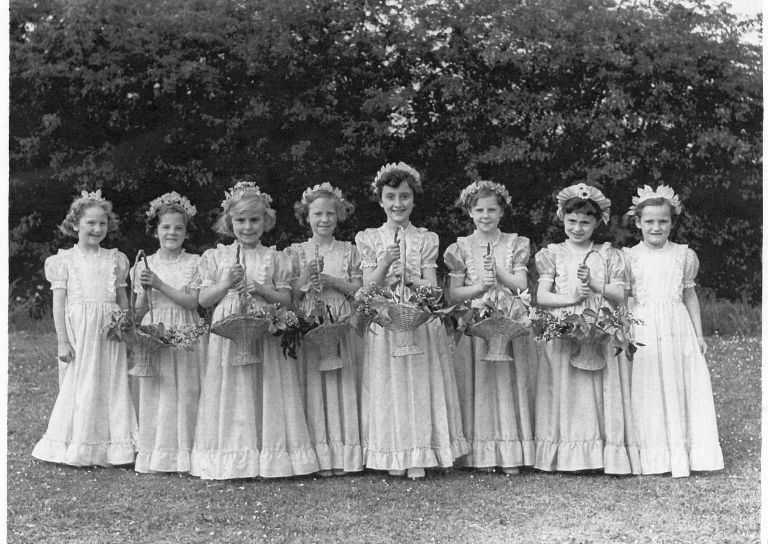
- Building Surveying Student Intern at Stirling City Heritage Trust
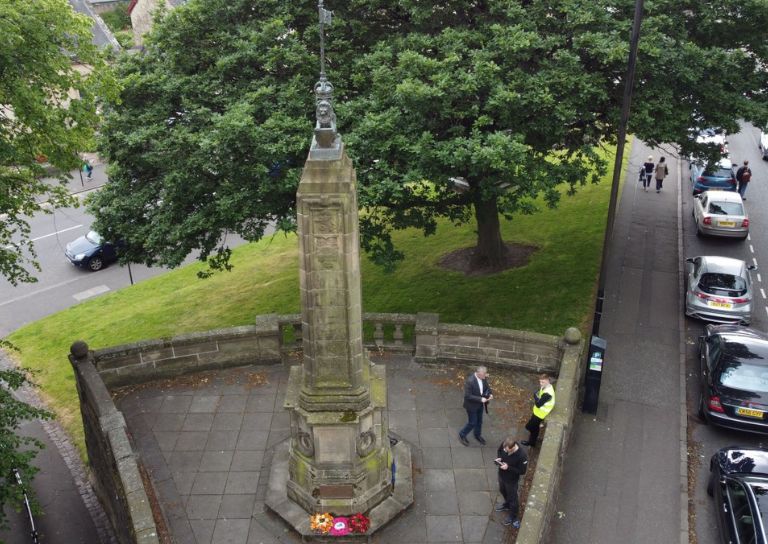
- Heritage Trail: Stirling Walks
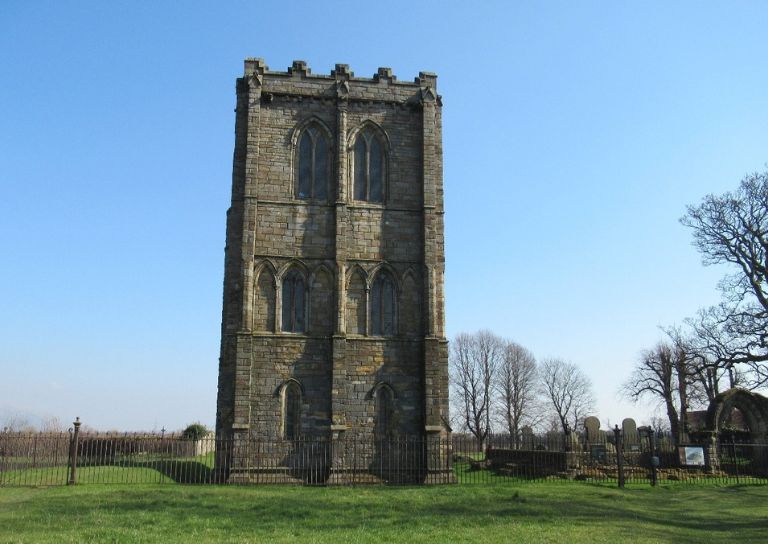
- Local History Resources
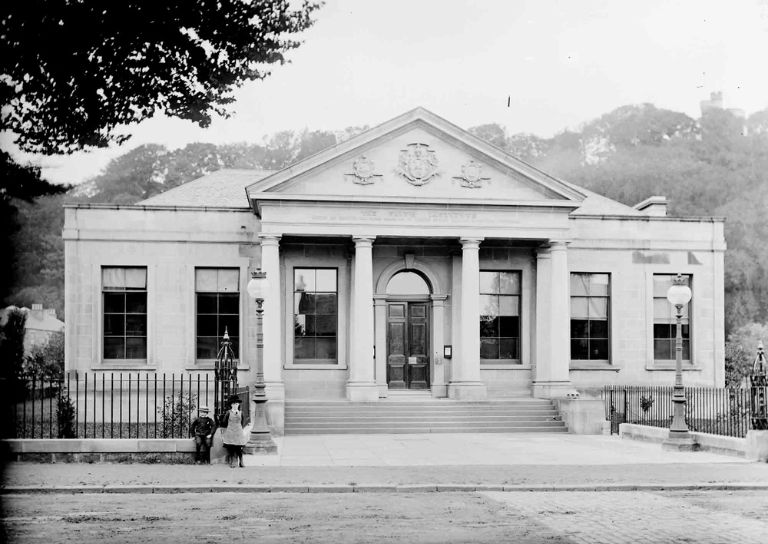
- Stirling Through the Decades
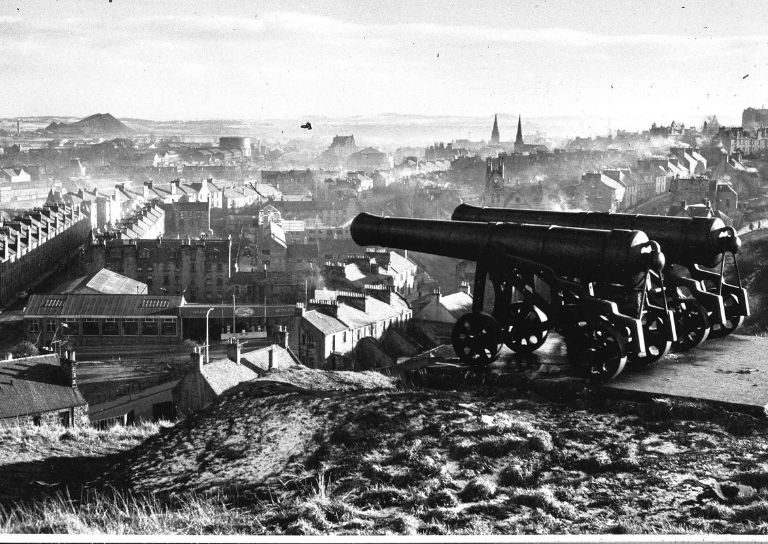
- Stirling’s STEM Pioneers
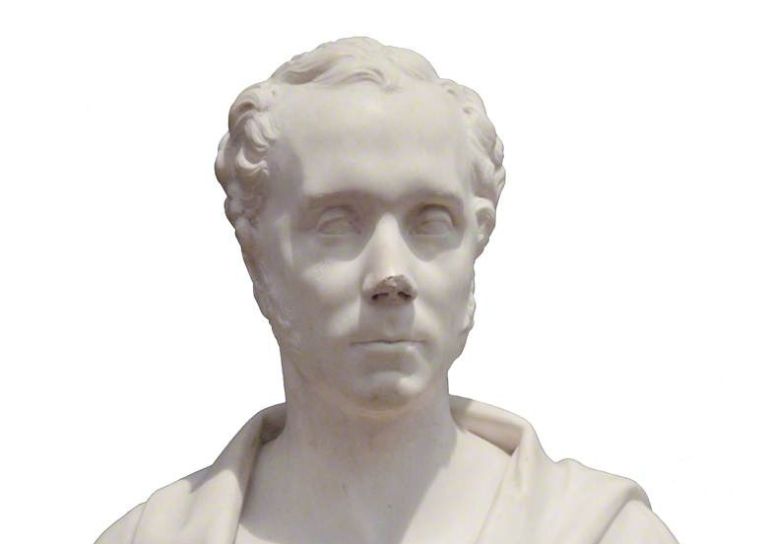
- Traditional Skills: Signwriting

- Christian MacLagan, a pioneering lady, but born too soon?
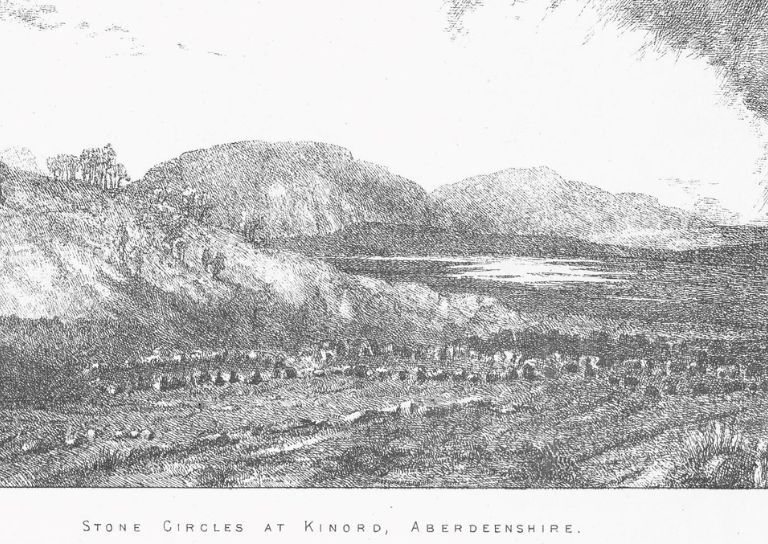
- Traditional Shopfronts in Stirling
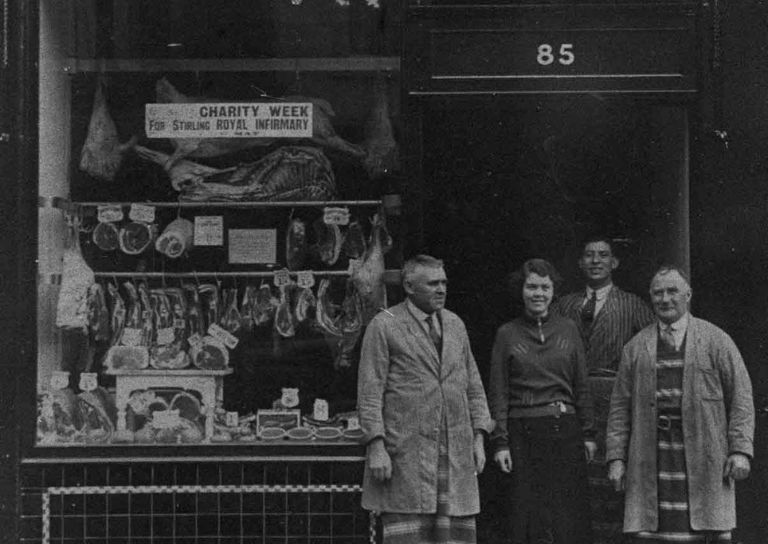
- Stirling History Books for World Book Day
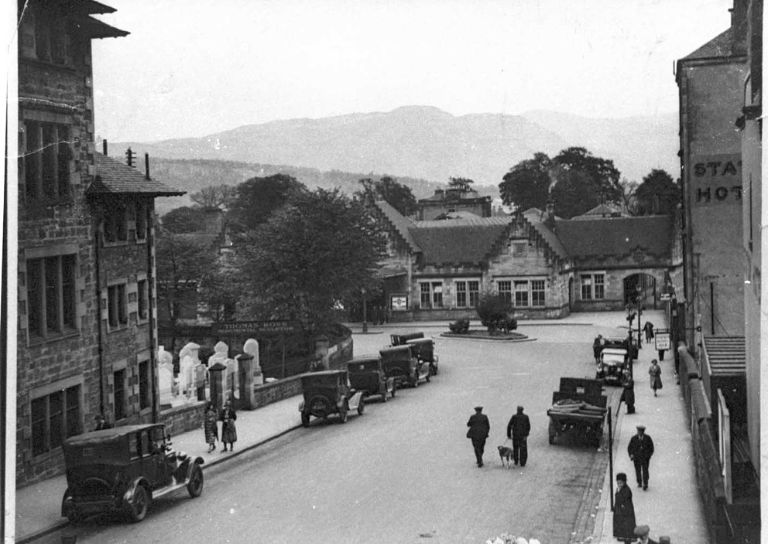
- My Favourite John Allan Building by Joe Hall
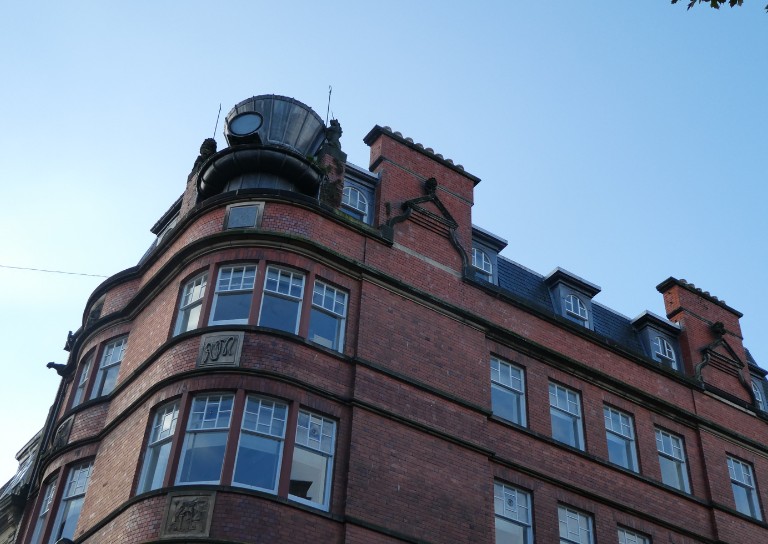
- My Favourite John Allan Building by Lindsay Lennie
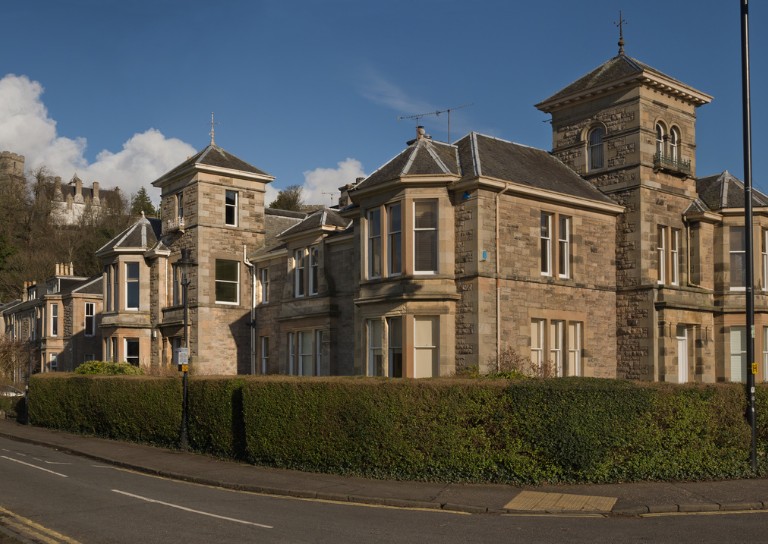
- My Favourite John Allan Building by Andy McEwan
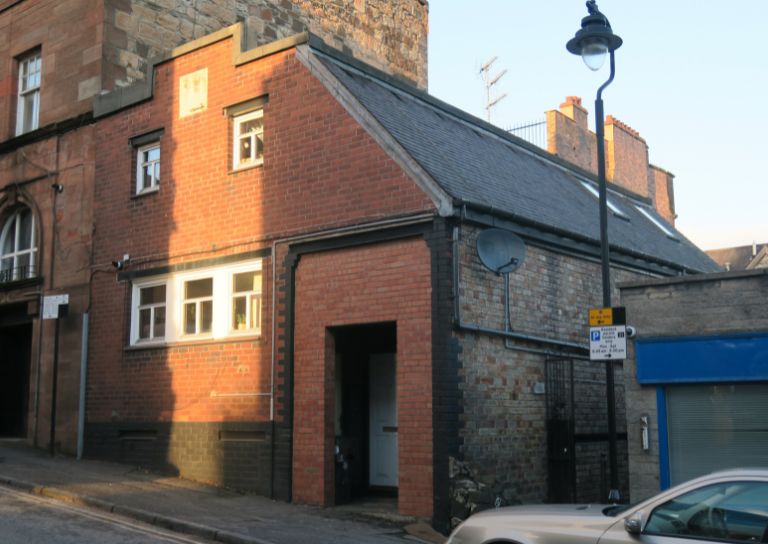
- My Favourite John Allan Building by Pam McNicol
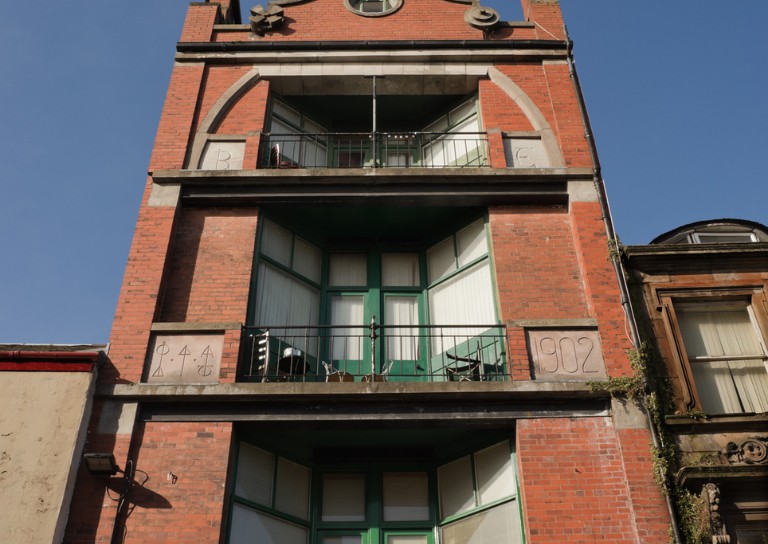
- Celebrating John Allan: A Man of Original Ideas
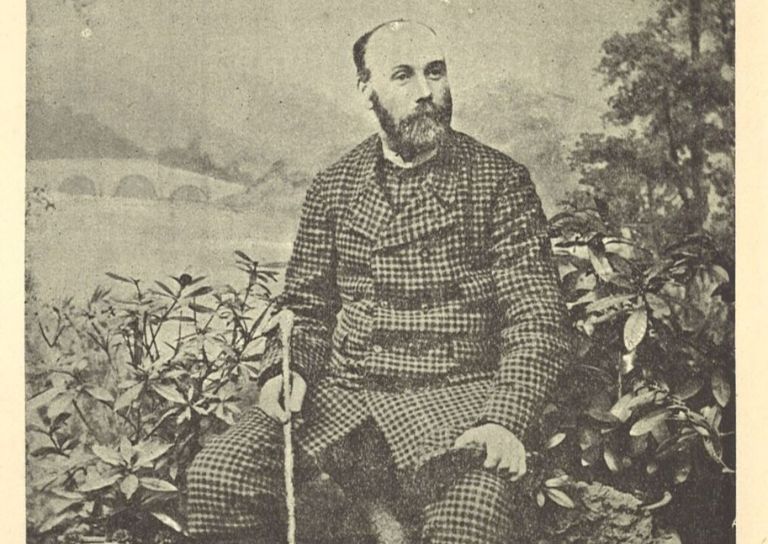
- The Tale of the Stirling Wolf
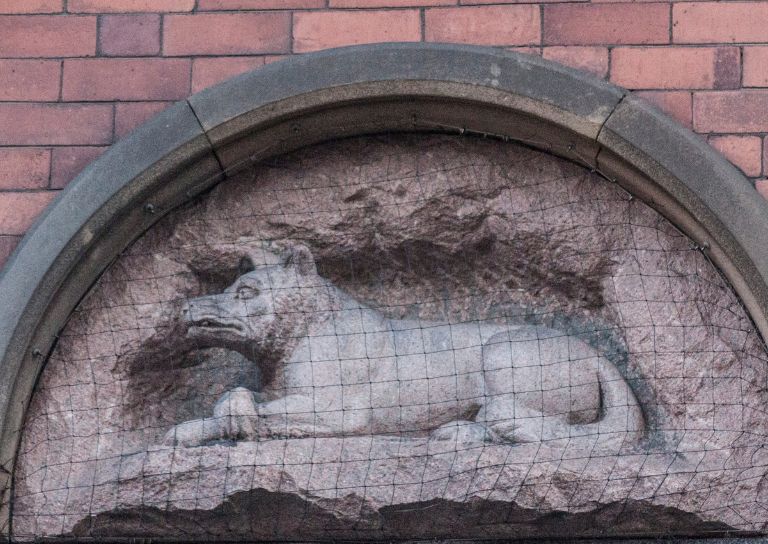
- Stirling: city of culture

- Christmases Past in Stirling
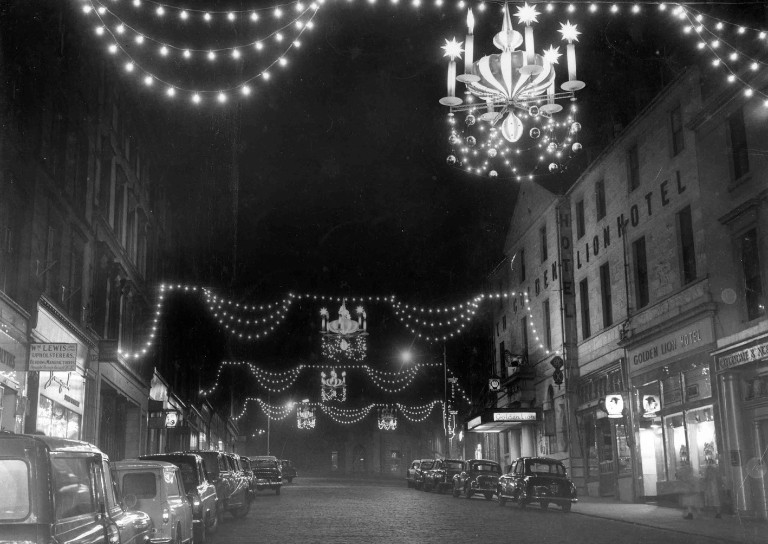
- Stirling’s Historic Graveyards
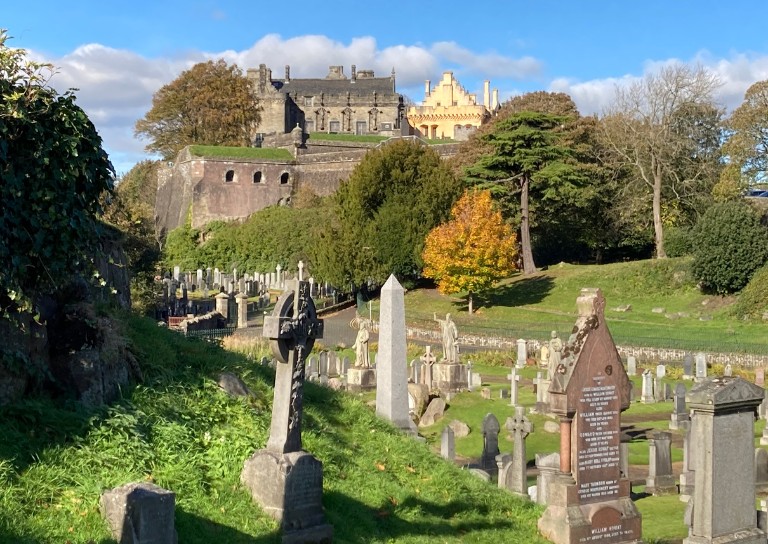
- Top 10 Tips for Architectural Photography

- An Interview with David Galletly

- Springtime in Stirling

- The Kings Knot – a history
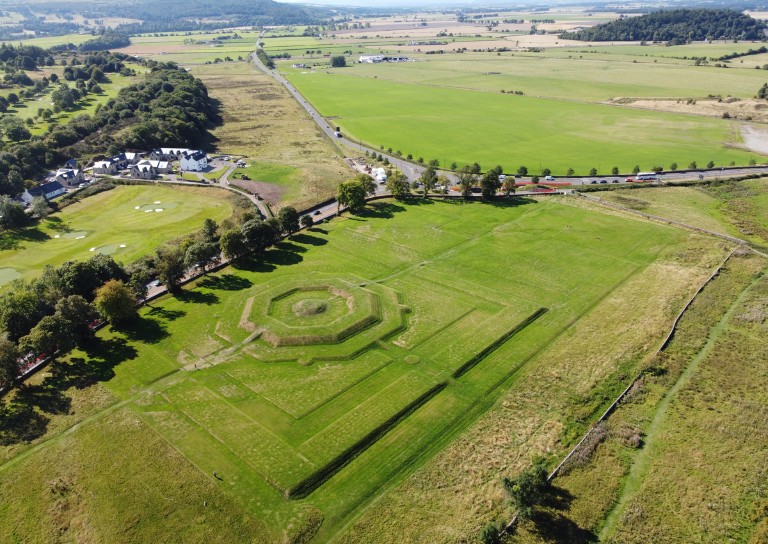
- A Future in Traditional Skills

- Robert Burns’ First Trip to Stirling

- Stirling’s Witches
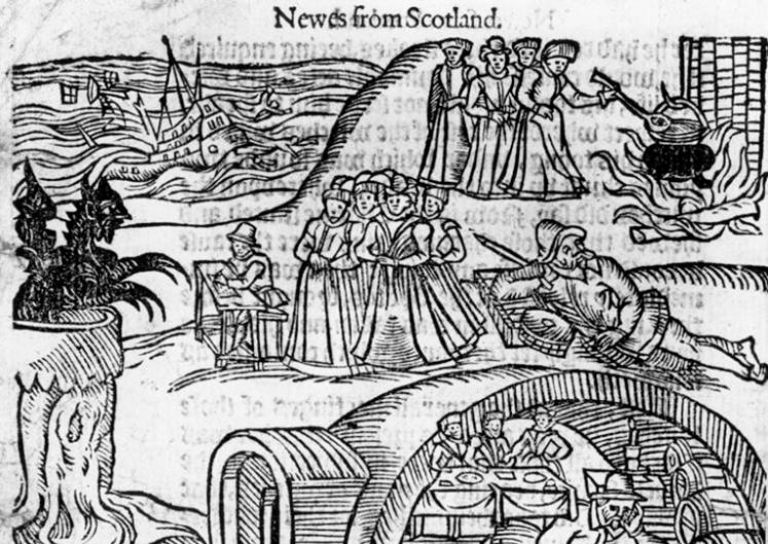
- Stirling’s Ancient Wells
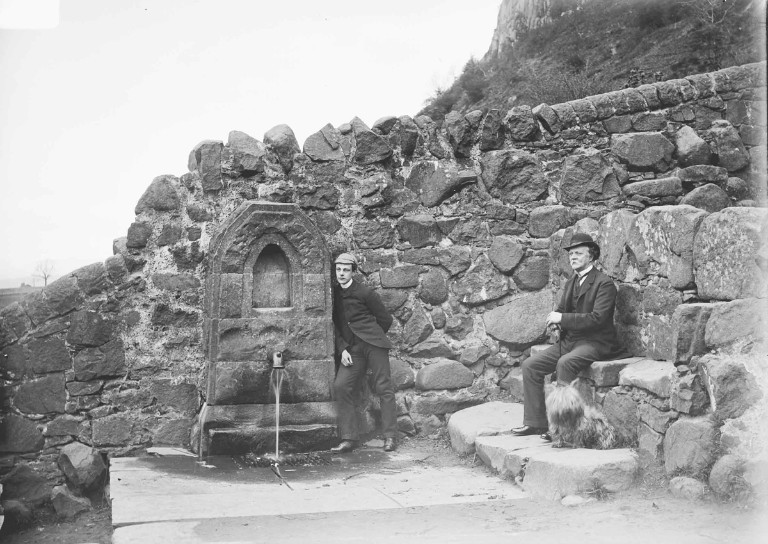
- An architecture student’s take on the City Of Stirling
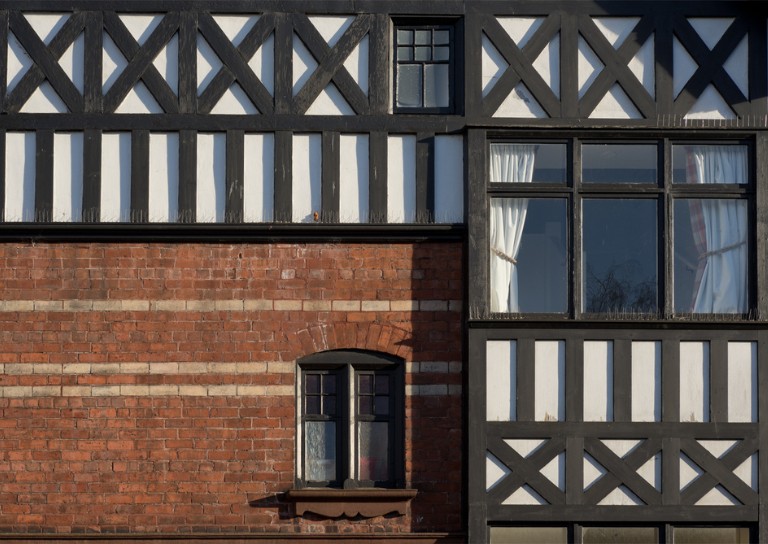
- Ronald Walker: Stirling’s Architect

- Stirling’s Statues

- Stirling’s Wee Bungalow Shops
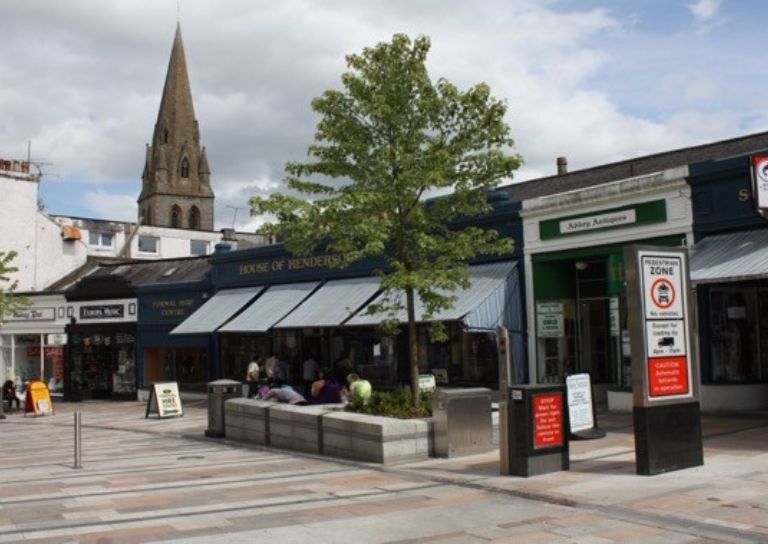
- Stirling’s Historic Hospitals
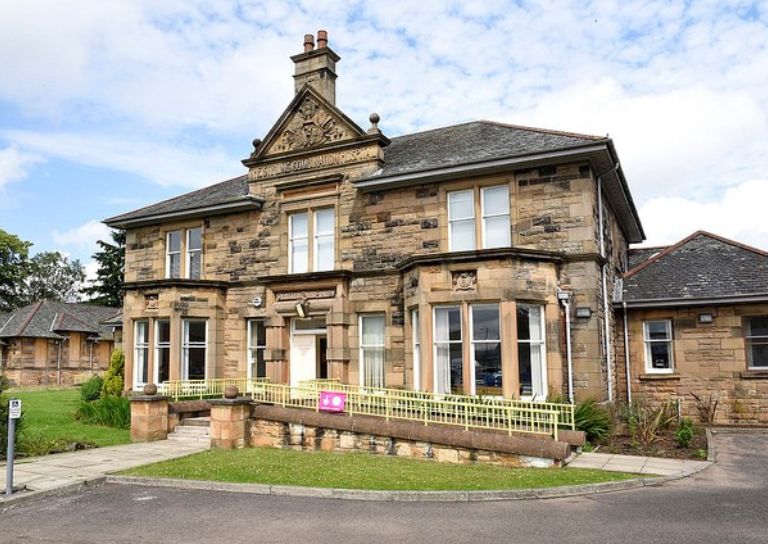
- Women in Digital Innovation and Construction
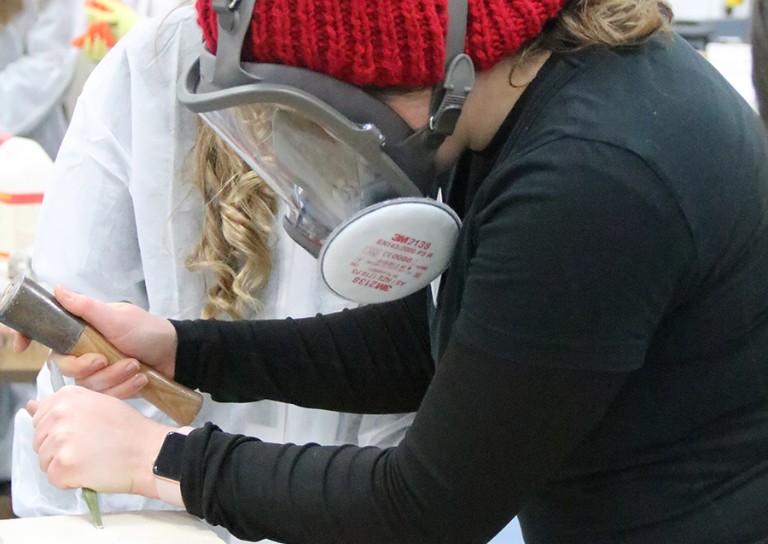
- Heritage at home: 8 of the best online heritage resources
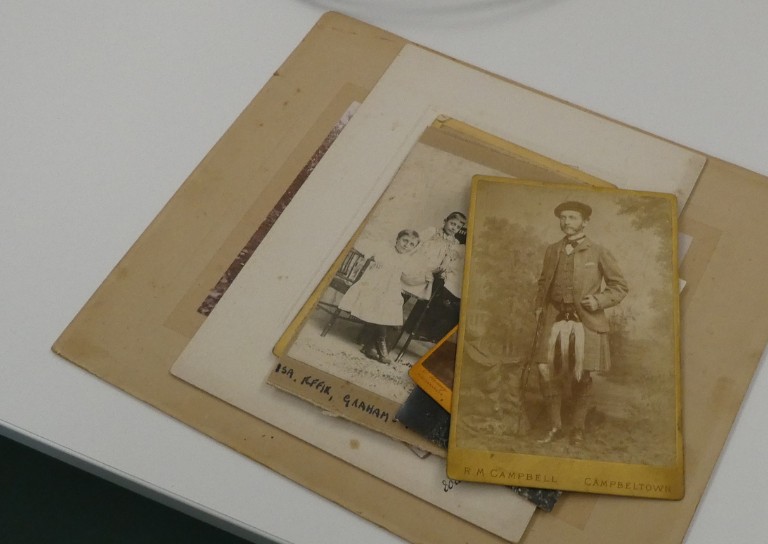
- Stirling featured at virtual heritage conference

- Five of Stirling’s greatest John Allan buildings
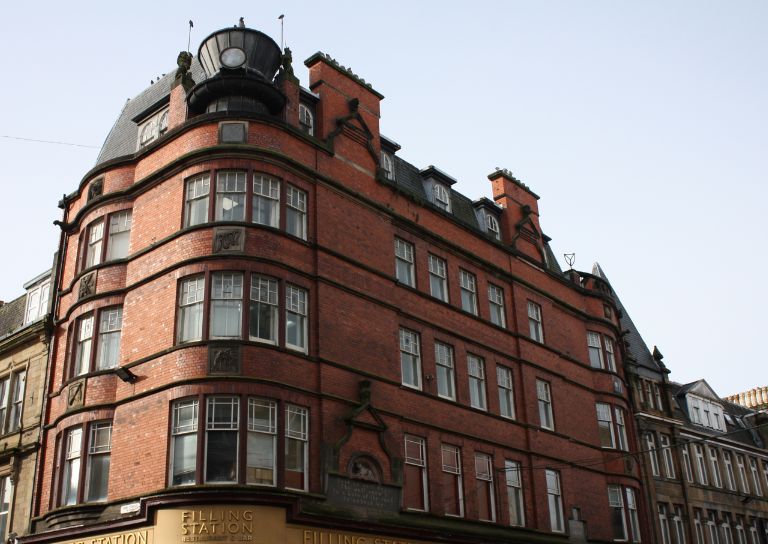
- Women in Construction – Stirling event report

- Scotland’s trailblazing women architects
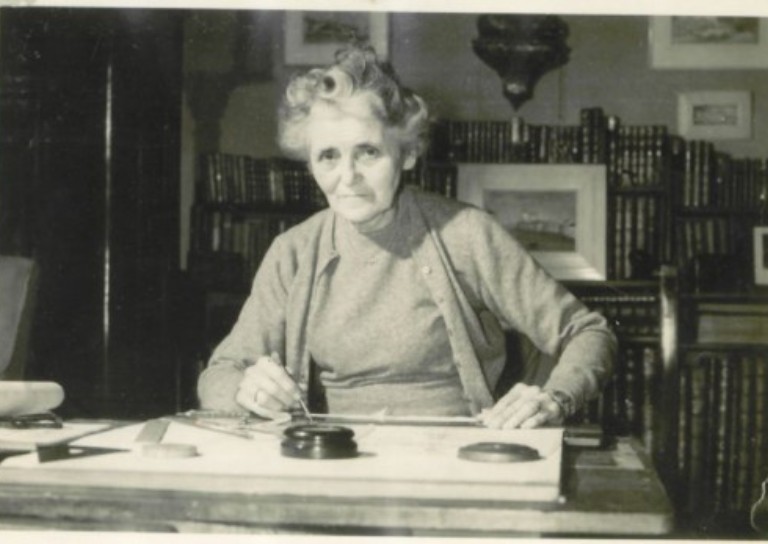
- Stirling’s Heritage: Spotlight on The Granary
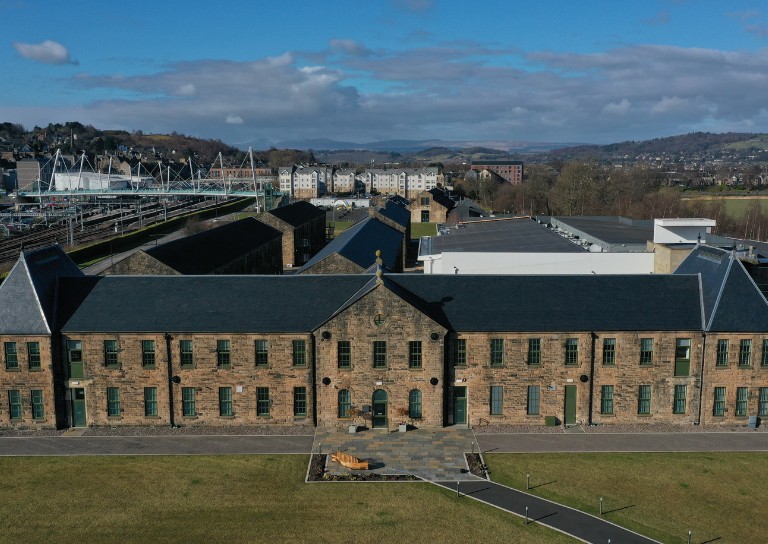
- TBHC Scheme now open to properties in Dunblane and Blairlogie
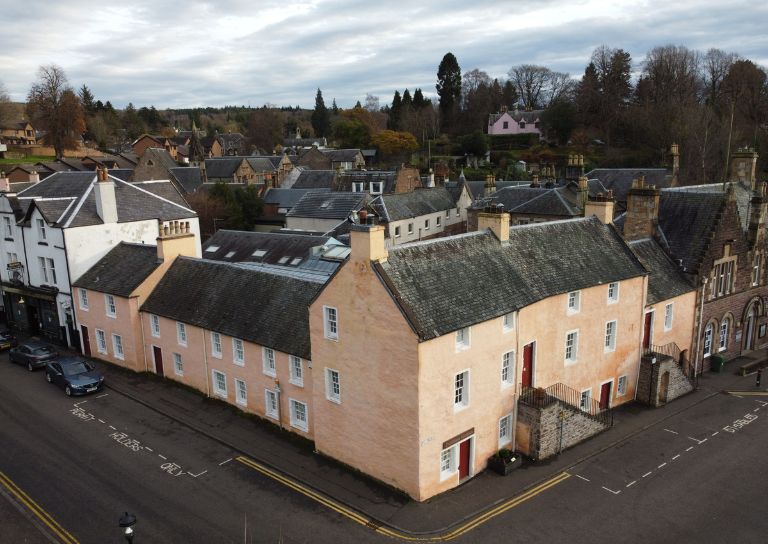
- How drones help us inspect traditional buildings

- Hazardous Masonry & Masonry Falls
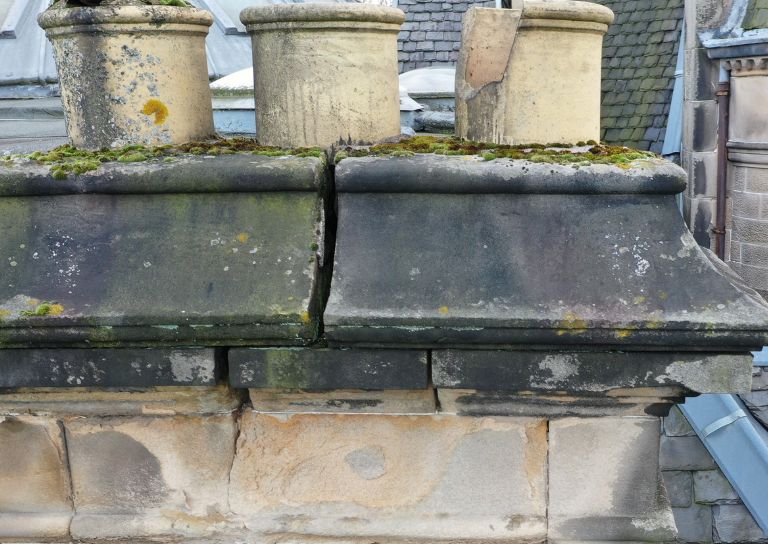
- Mason Bees: What’s the Buzz?
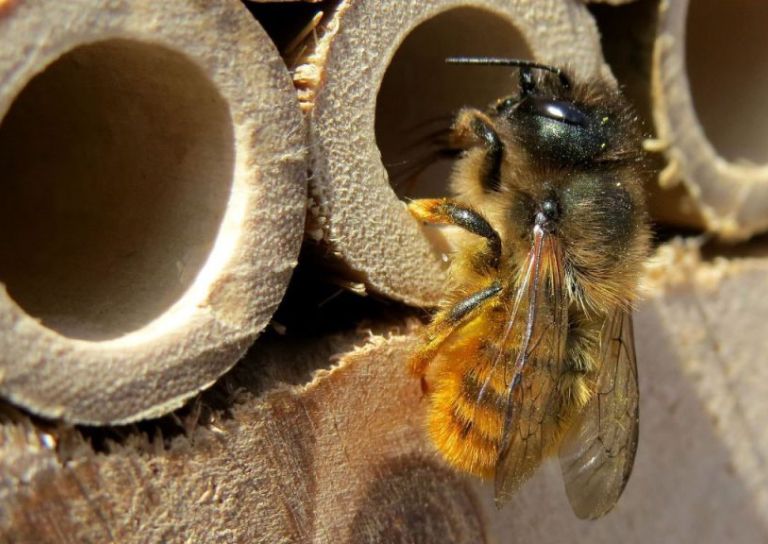
- Stirling Traditional Skills Demonstration Day Success!

- Floating Head Sculpture at Garden Glasgow Festival 1988
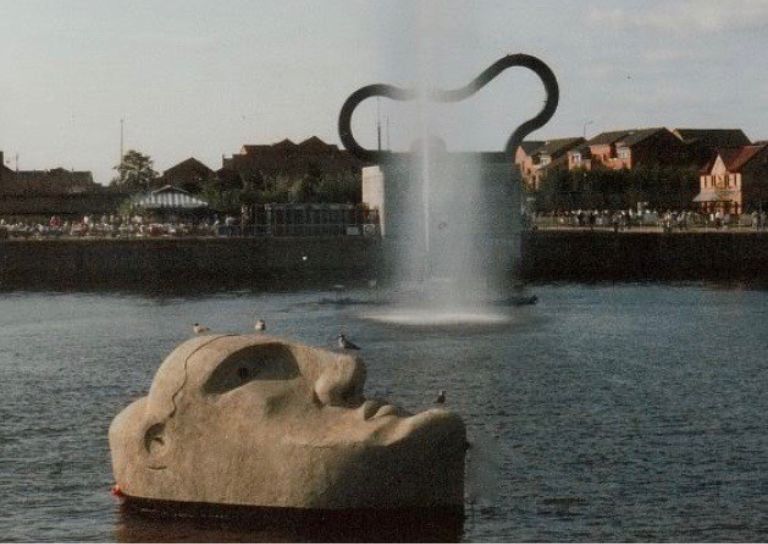
- The story behind Paisley Abbey’s Alien gargoyle

- Cambuskenneth Abbey

- Stirling City Heritage Trust Publications

- Sharing Memories: Taking '20 Great Buildings of Stirling' into the community

- William Wallace Statues In Stirling

- Coronations and Royal Christenings in Stirling
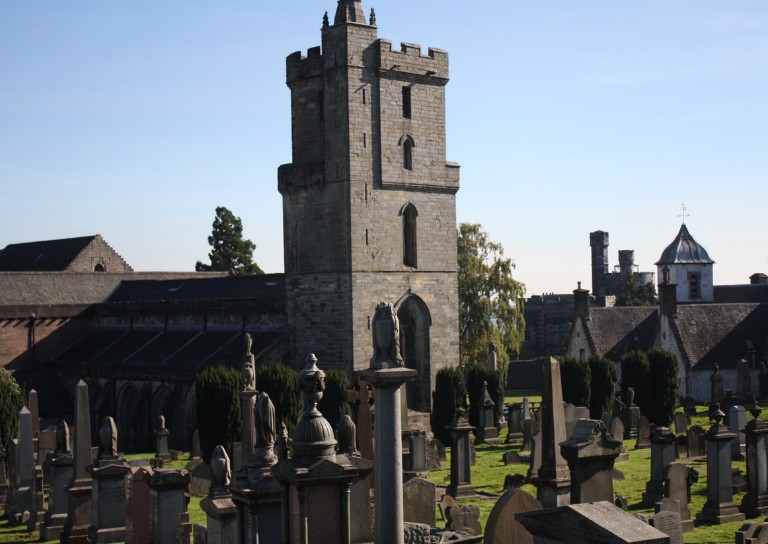
- The development of King's Park

- Energy efficiency project awarded grant from Shared Prosperity Fund
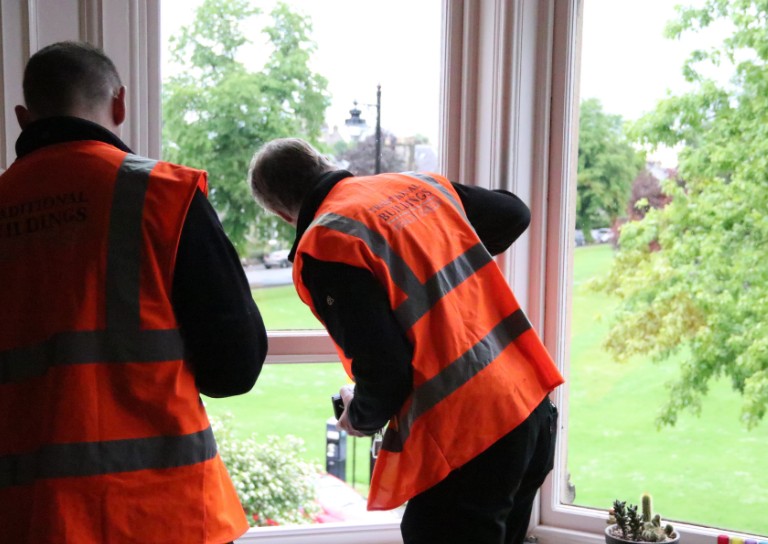
- Inspiring the Future: Stirling City Heritage Trust's Women in Construction Event at Wallace High
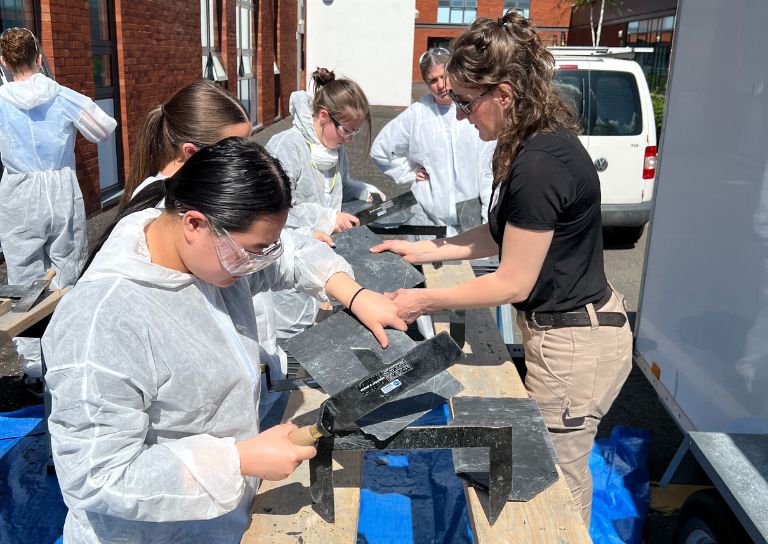
- Doors Open Days Talk: Who Built Stirling?

- 10 Years of the Traditional Buildings Health Check

- Growing up in Stirling: A Night of Reminiscence at The Smith
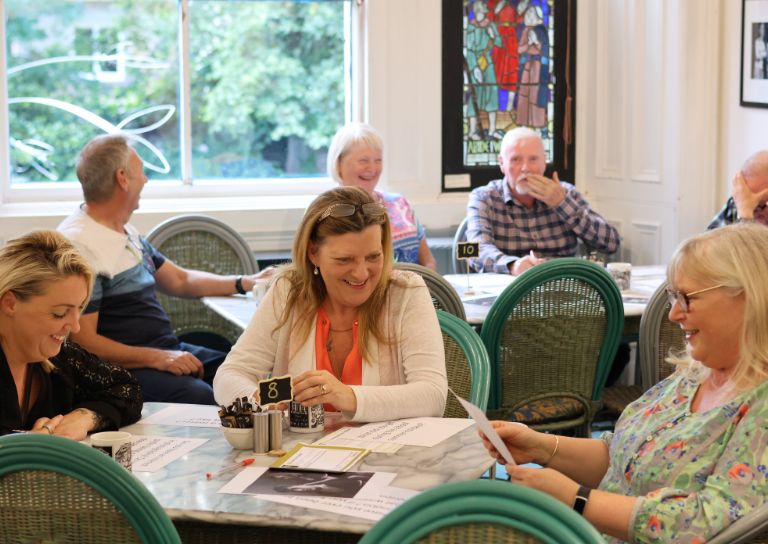
- SCHT visit to Brucefield Estate, Forestmill, Clackmannanshire

- Statement on Christie Clock

- Stirling’s Lost Skating Heritage
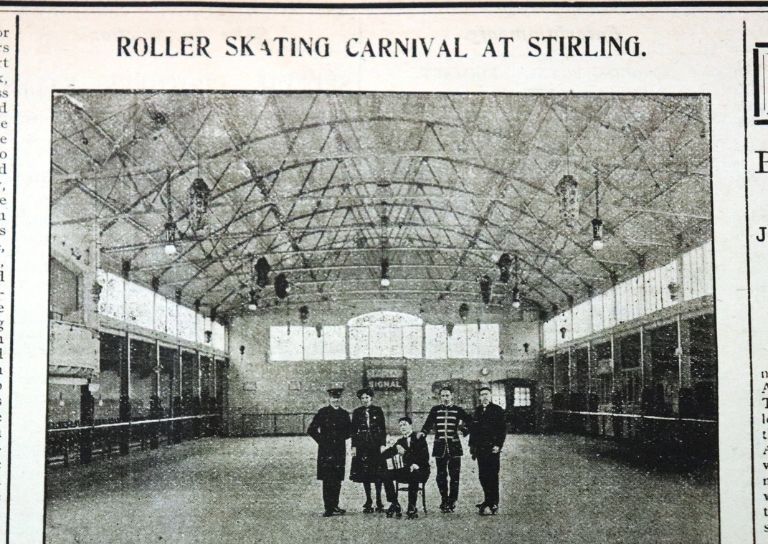
- Laurelhill House and the West Indies
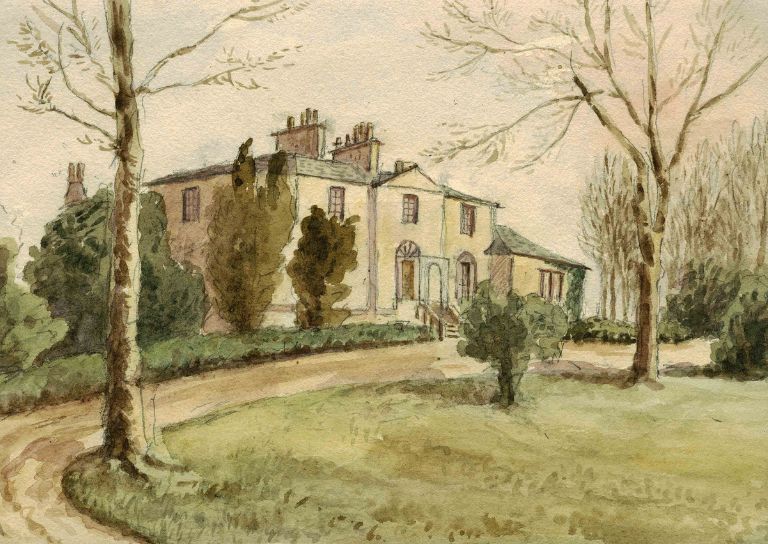
- Beechwood House and the Transatlantic Slave Trade
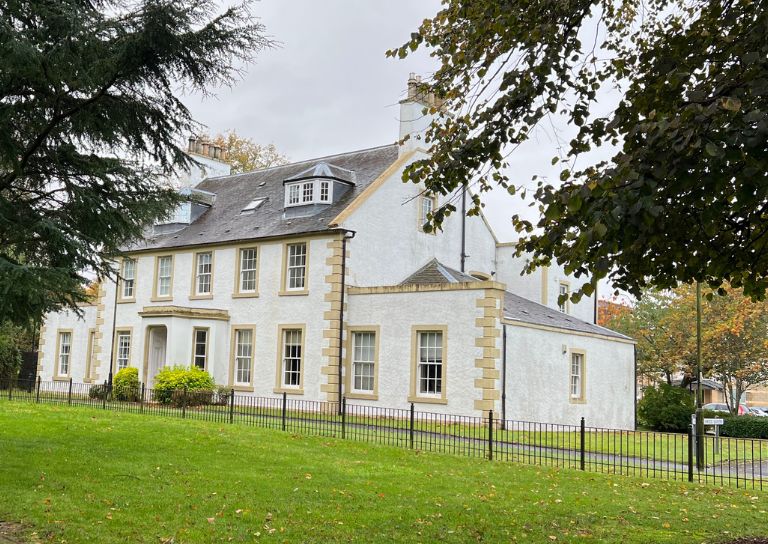
- Retrofitting Traditional Buildings

- Building Resilience: Maintaining Traditional Buildings
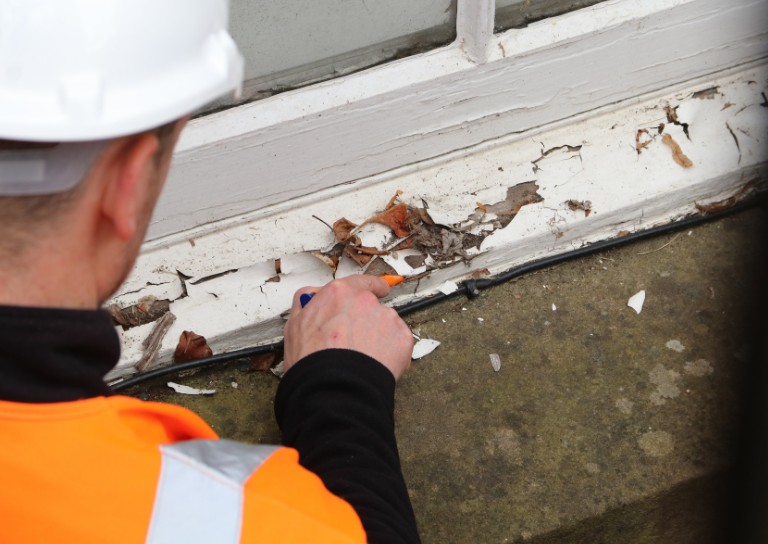
- Shopping Arcades

- Retrofitting Traditional Buildings: Fabric First

- Stirling Reminiscence Box

- Level 3 Award in Energy Efficiency for Older and Traditional Buildings Retrofit Course (2 Day)

- New Retrofit Service now available for Traditional Buildings Health Check Members

- Retrofitting Traditional Buildings: Windows

- Architects and The Thistle Property Trust

- Retrofitting Traditional Buildings: Insulation
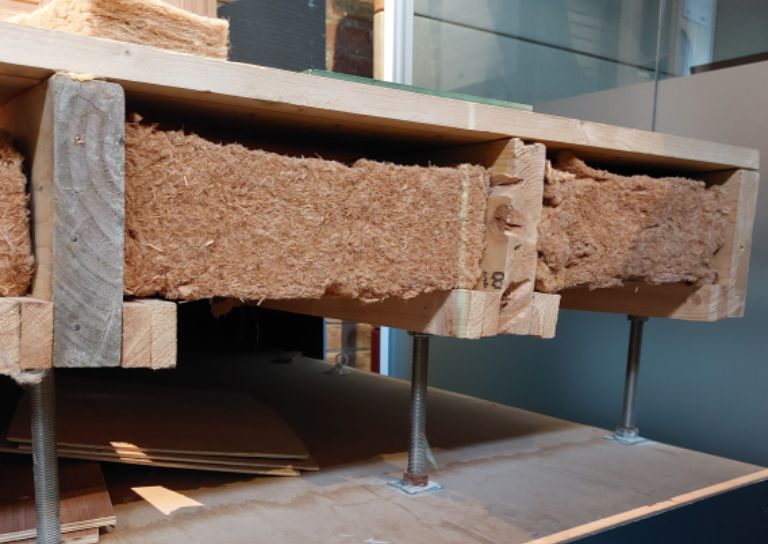
- Stirling City Heritage Trust at 20

- Miss Curror and the Thistle Property Trust
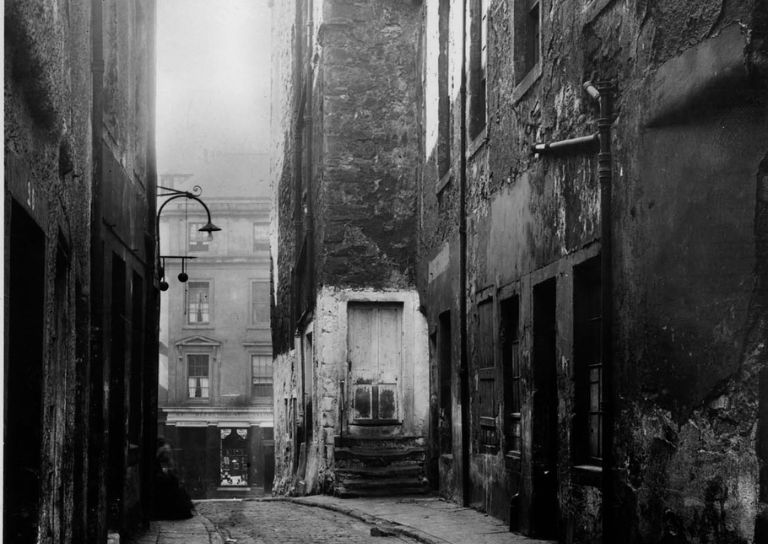
- Retrofitting Traditional Buildings: Chimneys
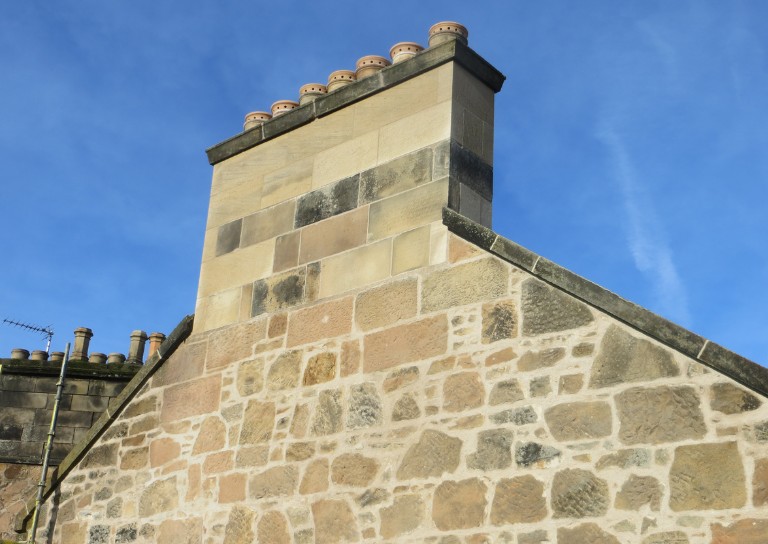
- Statement on Langgarth House

- World Heritage Day: Exploring Hayford Mill
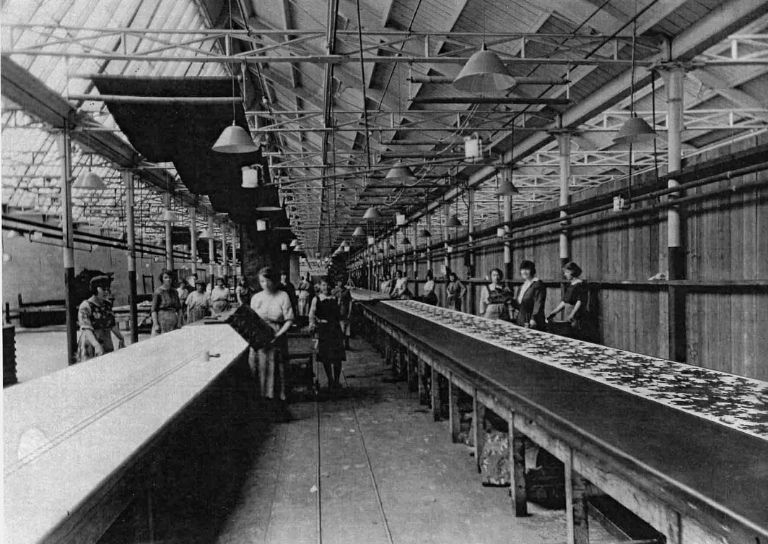
- Retrofitting Traditional Buildings: Climatic Adaptation
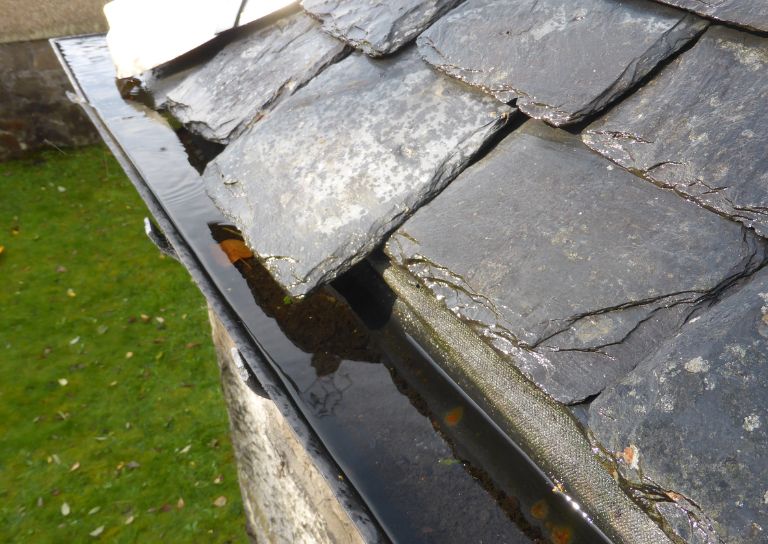
- SCHT 20: Championing Women in Construction
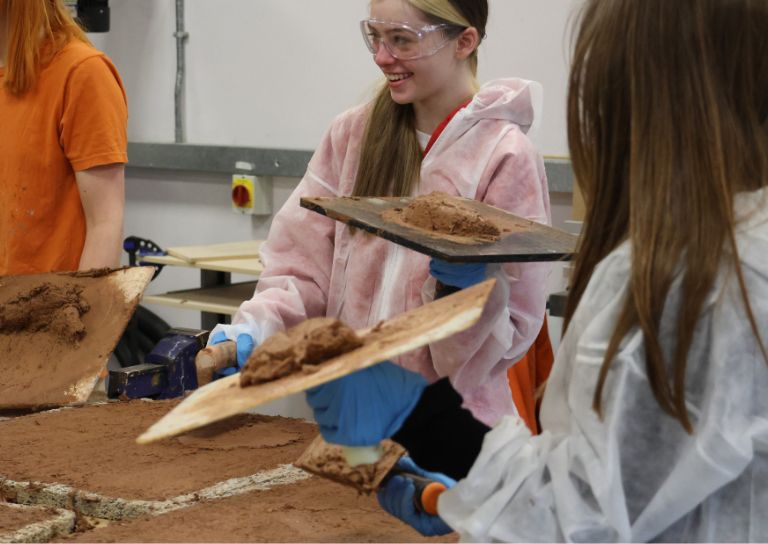
- Guest Blog: Dementia Friendly Heritage Interpretation
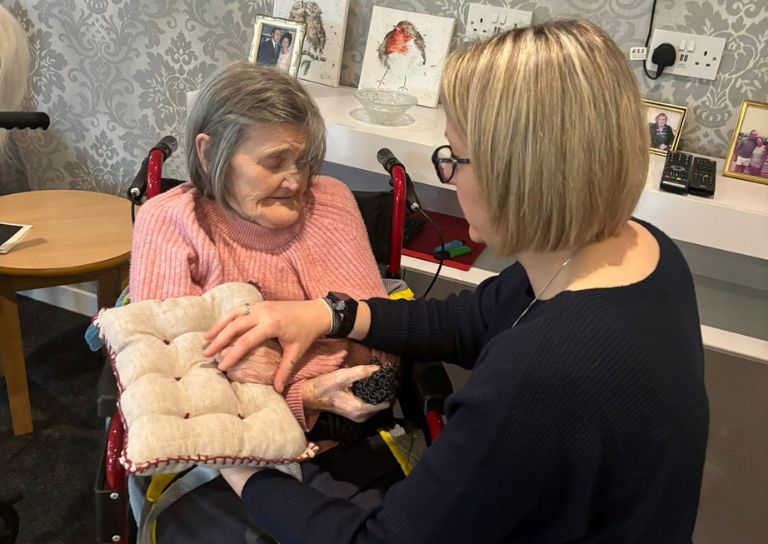
- Community Consultation launched for Stirling’s Heritage Strategy

- Stirling's Lost Swimming Pools
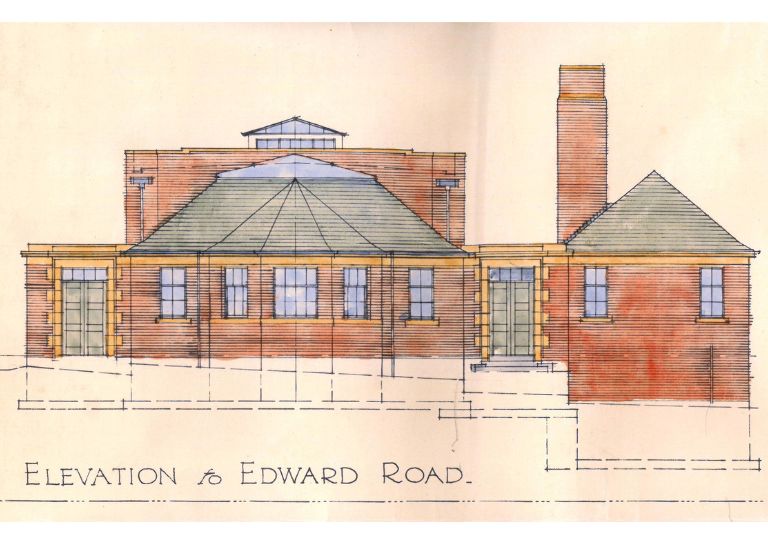
- SCHT Grant Conditions: Owners Associations
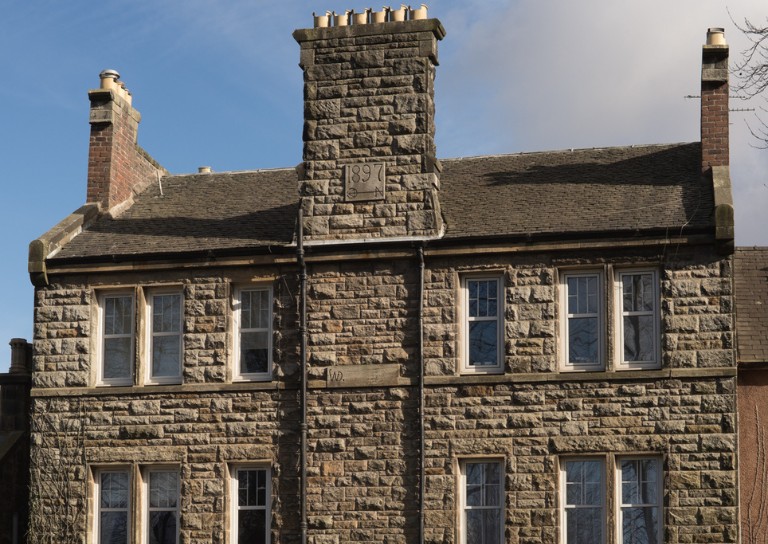
- Kings, Wolves and Drones: 20 years of care and repair at Stirling City Heritage Trust

- SVE Inspire Awards September 2024

- Women in Construction at Bannockburn House
- About Us
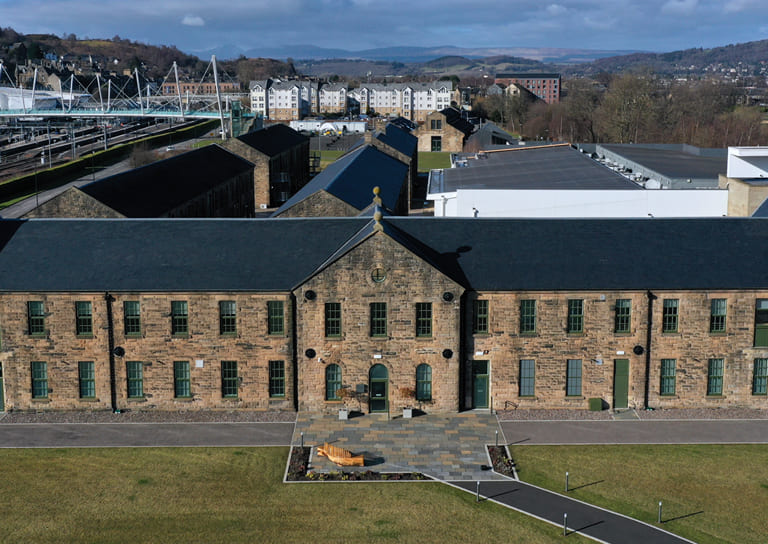
- Support Us
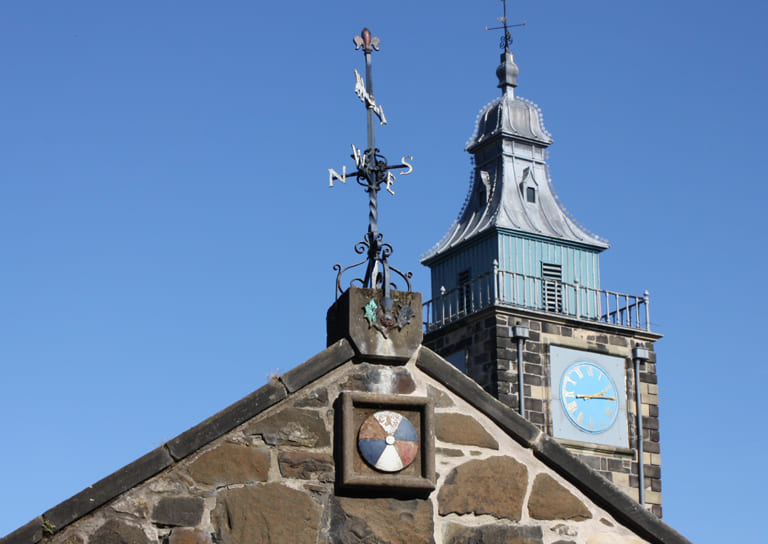
- Contact

Miss Curror and the Thistle Property Trust

In our last blog post on the Thistle Property Trust (TPT), we discovered how and why the Trust was founded, and we celebrated the work of Eric S. Bell, the TPT’s architect, as well as other important figures in Stirling’s story, architect John Allan and town planner Frank Mears. But now it’s time to turn our attention to the pioneering women who established and ran the TPT.
On 7th December 1928, Scotland’s first property trust was formed in Stirling. The Thistle Property Trust aimed to restore historic buildings in the Top of The Town to create comfortable housing for its inhabitants. The TPT evolved from the Stirling branch of the National Council of Women. Founded in 1895 in response to poor working conditions for women, they campaigned for equal pay and other social issues. It’s important to look at the historic context of the establishment of the TPT to fully understand its significance. In 1928, the same year the TPT was formed, the Equal Franchises Act was finally passed by parliament, granting women the same voting rights as men, and increasing the number of women eligible to vote to 15 million. However, despite this progress, discriminatory practices like the marriage bar were still in place, which meant that women were not allowed to work once they married. The marriage bar for female teachers and BBC employees was not removed until 1944, and imposing a marriage bar in the workplace wasn’t made illegal across the UK until the Sex Discrimination Act was passed in 1975.
With this in mind, the TPT was therefore as unusual as it was pioneering. It was run by women using the Octavia Hill method of property management. Born in 1838, Octavia Hill was a social reformer and property manager from London. Hill reconditioned housing for the poor, but she is perhaps best known for her original views on property management. She put in place weekly rent collections for tenants and was adamant that this was a job for women only. These visits aimed to foster and reinforce positive personal relationships between women property managers and their tenants.
In 1939, the TPT and the National Council of Women’s Stirling branch held an exhibition and lecture at Stirling’s Municipal Buildings, celebrating Hill’s centenary, as well as the work of the TPT. The exhibition was reported on by the Stirling Observer:
Stirling Observer, Thursday, 9th March, 1939
HOUSE PROPERTY MANAGERS
OCTAVIA HILL CENTENARY
STIRLING EXHIBITION AND SPEECH
“In many ways Miss Octavia Hill was far ahead of us, even to-day,” said Miss A. M. Lupton, vice-chairman of the Housing Centre, London, when she outlined the career of Octavia Hill, pioneer in the training of women as house property managers, at an exhibition in the Municipal Buildings, Stirling, on Wednesday, held in honour of her centenary. The exhibition was sponsored by the Thistle Property Trust, Ltd., Stirling, and the National Council of Women, Stirling.
Bailie Brown, who presided, said the Thistle Trust had done extremely good work in Stirling. The Town Council had done remarkably well in clearing away the slums. They started in Broad Street and then in St. Mary’s Wynd. They were now trying to clear up Baker Street. The Council would like to leave as many of the old buildings as they could, but in many cases that was impossible. The Town Council had built over 2000 houses in the outskirts of the town, where the people were taken from slums and placed into nice comfortable new houses. The Town Council and the Thistle Trust had worked hand in hand. The Council had been indebted to the trust for taking up some of the old dwelling-houses, reconstructing them, and making them into modern houses.
Miss Lupton remarked that Octavia Hill was a great citizen at a time when women really had hardly any powers at all… “We urgently want to get more girls with her spirit to come and work at house property management.” said Miss Lupton. “We believe, as she did, that it is not bricks and mortar which matter in housing, but human beings and contact with human beings.”
County Councillor William C. Davidson, Sauchieburn, who proposed a vote of thanks to the speaker, paid a tribute to Miss K. M. Curror, the County Council’s property manager, the first to be appointed by a local authority in Scotland, although he was hopeful she was only the first. He revealed that he had been able to induce his committee to allow Miss Curror to take students from the House Property Managers’ Society…
The exhibition outlined by photographs, plans and descriptive placards Octavia Hill’s private life and interests, her work for housing, and her efforts on behalf of a number of other causes. One poster showed the gradual increase in the numbers of trained women housing managers since the beginning of the movement, culminating in 1938 with 160, there being one manager for every 300 tenancies."
As detailed by the Observer, a Miss Katharine Mary Curror was the TPT’s Property Manager, who went on to become Stirling Council’s Property Manager and the first woman to be appointed to this role in Scotland. Whilst working for the TPT, Katharine Curror travelled across Scotland to talk to other Women’s Associations. This article from Dundee Courier in 1936, reporting on one of these meetings, gives us an insight on the difficulties faced by women in these roles:
Dundee Courier, Tuesday, 4th February, 1936
HOUSING SCHEMES RUN BY WOMEN
“PREJUDICE” IN SCOTLAND
"A lecture on " Women House Property Managers" was given last night to the members of the Dundee Women Citizens' Association in the School of Economics BY Miss Curror, Stirling, manager of the Thistle Property Trust, Stirling.
The speaker, who was introduced by the president, Mrs Lumsden. said that the erection of new houses had created the need for careful supervision, so that the new housing schemes would not gradually deteriorate into slum territories. Mutual cooperation between landlord and tenant was the best foundation for successful housing, and that was the first principle of all women property managers.
Forty local authorities employed women managers in England. South Africa has " imported " several from Britain, Holland was interested, but Scotland still retained prejudices against them.
In some cases it was felt that a woman manager was a busybody, who poked her nose into other people's business. This was untrue."
We’ve done a little digging into Katharine Curror, and found out that her mother was a Katharine Elizabeth Ewan, who died in 1946, and her father was John Gilchrist Curror, the Sherriff Clerk of Stirlingshire, who died in 1928. In 1933, we tracked Katharine Curror down to her address in 12 Gladstone Place, where she was also listed as a Justice for the Peace. In Scotland at this time, a Justice of the Peace was a lay magistrate who was appointed by the local community to dispense criminal justice on a local basis. This means she would have been a prominent and respected figure in Stirling. Perhaps her interest in the law was inspired by her Father’s work? Katharine Curror died in 1965 and is buried alongside her Mother and Father in the Valley Cemetery in the Top of the Town. There’s more to be learned about the women who ran and supported the TPT, but this glimpse into Katharine’s life is a good place to start.
Extracts from newspapers were sourced from the British Newspaper Archive.


